According to GLOBOCAN 2022 data, lung cancer is the leading cause of cancer death in Vietnam. What is the main cause of this disease, doctor?
- Lung cancer has two main causes: exogenous and endogenous factors. Of these, smoking is the leading cause, accounting for 90% of cases. Cigarette smoke contains more than 7,000 chemicals, including 70 carcinogens such as benzene, formaldehyde, and nitrosamine. These substances damage lung cells, leading to gene mutations. In addition, exposure to chemicals (asbestos, arsenic, radon gas), air pollution, and radiation exposure also increase the risk. In endogenous, gene mutations such as EGFR, KRAS, ALK... can cause abnormal cell growth.
In addition to smoking, age (over 50), history of lung disease (COPD, tuberculosis), genetics (family history of lung cancer), and immunodeficiency are also important factors. Some studies indicate that a diet low in green vegetables, high in red meat, or living in an environment polluted with smoke and dust also contribute to the disease.
Lung cancer symptoms are often unclear in the early stages. So what signs should people be alert to?
- Yes, the early stages are often asymptomatic. As the tumor grows, the patient may experience: Prolonged cough (over 2 weeks), coughing up blood; Chest pain, shortness of breath, hoarseness; Unexplained weight loss, prolonged fatigue. Late stages often have symptoms such as: Bone pain, headache (brain metastasis), swelling of the neck and face. If you have these symptoms, you need to go to a specialized medical facility for examination.
Early detection at stage I (tumor less than 4cm, no metastasis) helps the 5-year survival rate reach 90%. At late stages (III-IV), this rate drops to below 20%. Therefore, regular screening is key. In particular, for smokers over 30 years, recommendations show that low-dose CT scans can detect small lesions of 2-3mm and help detect lung cancer early.
Regarding genetic factors, can lung cancer be passed from parent to child, doctor?
- Lung cancer is not directly inherited, but familial gene mutations can increase the risk. People with a family history of lung cancer (parents, siblings) have a 2-3 times higher risk. We recommend early screening for this group starting at age 40.
Genetic screening is primarily used to guide treatment, for example detecting EGFR mutations helps to prescribe tyrosine kinase inhibitors. For healthy people, there are no recommendations for general genetic screening. However, if there are many people in the family with cancer, genetic mutation testing and genetic counseling may be considered.
Who should have regular lung cancer screening?
- High-risk groups that need screening include: People who have smoked for over 20 years; Family history of lung cancer; Exposure to asbestos and radon gas at work; Patients with a history of chronic lung disease.
Advice to prevent lung cancer is: Quitting smoking reduces the risk by 50% after 10 years. Avoid exposure to secondhand smoke and toxic chemicals. Wear a mask against PM2.5 fine dust in polluted areas. Proper nutrition such as increasing cruciferous vegetables (broccoli, kale), foods rich in vitamins C and E. Exercise 30 minutes/day to increase resistance.
Thank you for sharing, Associate Professor, Dr. Pham Cam Phuong!
According to GLOBOCAN 2022, Vietnam records 24,426 new cases and more than 22,597 deaths from lung cancer each year, with a 5-year survival rate of only about 14.8%. The disease ranks 3rd in new cases and 2nd in mortality among cancers.
According to experts at K Hospital, each year the hospital receives about 12,000 visits related to lung cancer, treating about 3,200 patients. Most patients are diagnosed at an inoperable stage, accounting for 75%, resulting in a poor prognosis. In the early stages, the disease is often asymptomatic or confused with signs of other respiratory diseases, making it easy to miss.
The 5-year survival rate depends mainly on the stage of the disease. In stage 1, the survival rate can be more than 90%, but in stage 4, the figure is 10%, or even less than 1%.
Lung cancer treatment includes surgery, chemotherapy, radiotherapy, targeted therapy, immunotherapy, etc., leading to high costs, creating a burden for families and society. Therefore, early detection of lung cancer is a decisive factor in reducing mortality and treatment costs.
Minh Trang
Source: https://baophapluat.vn/chuyen-gia-benh-vien-bach-mai-90-ung-thu-phoi-xuat-phat-tu-thoi-quen-nay-cua-dan-ong-viet-post545538.html




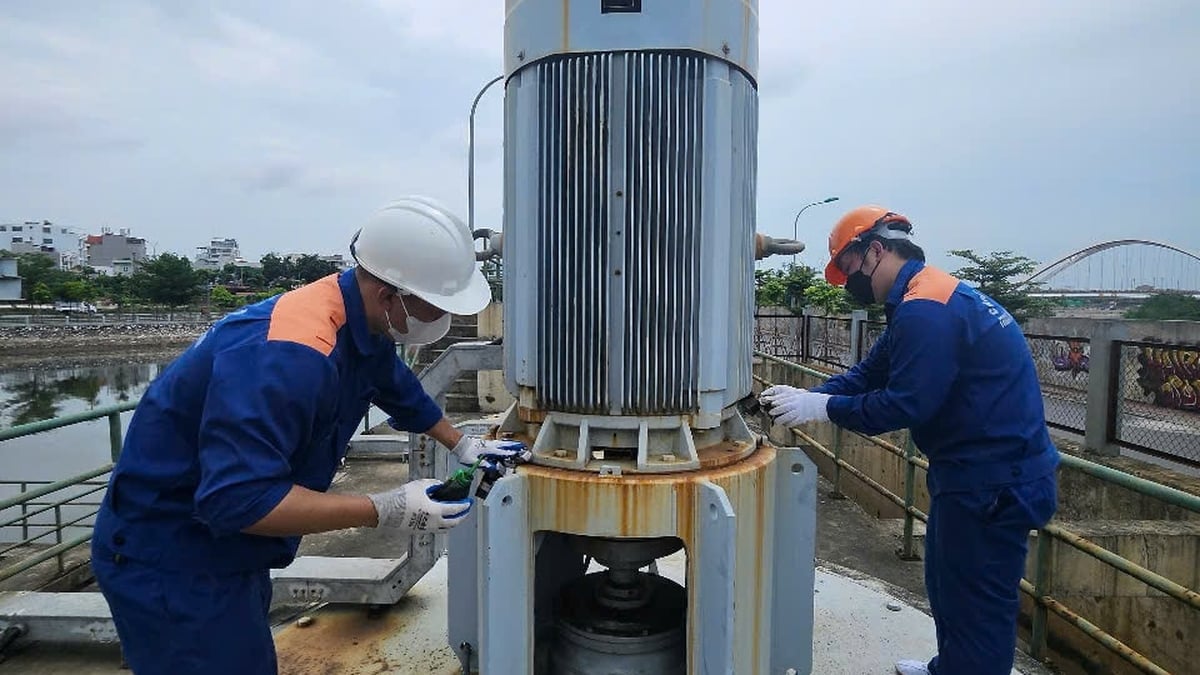



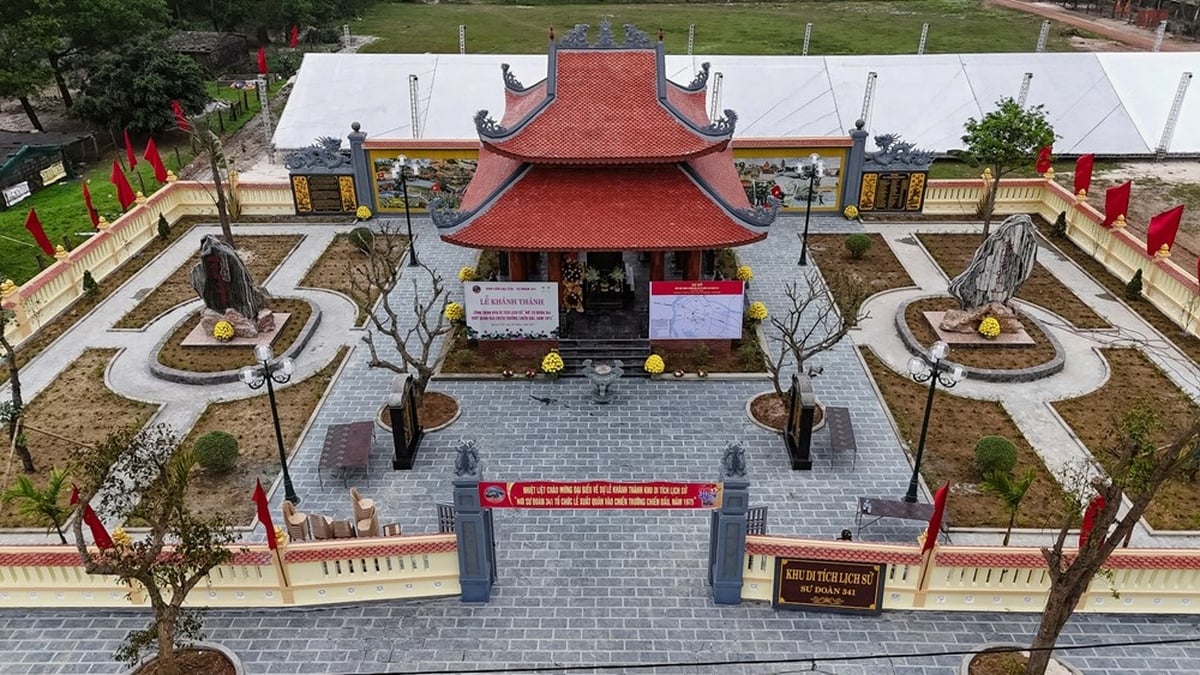


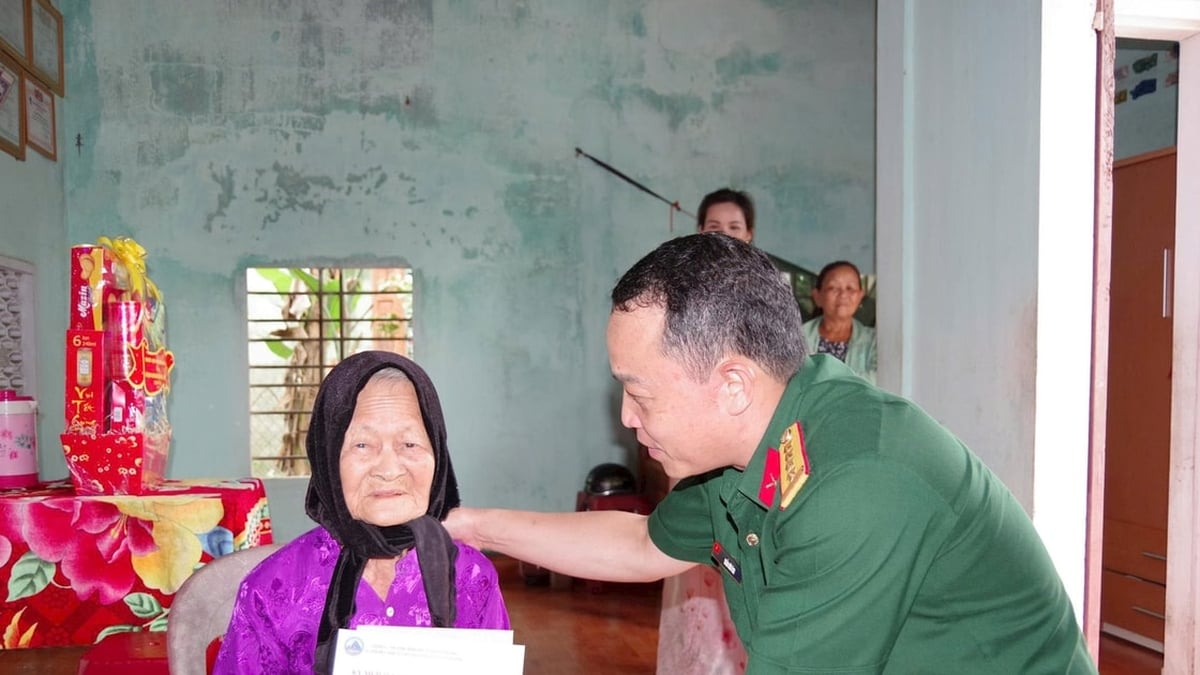















![[Photo] National Assembly Chairman Tran Thanh Man visits Vietnamese Heroic Mother Ta Thi Tran](https://vphoto.vietnam.vn/thumb/1200x675/vietnam/resource/IMAGE/2025/7/20/765c0bd057dd44ad83ab89fe0255b783)


















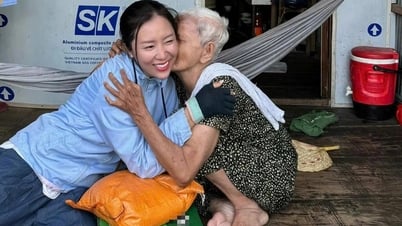


















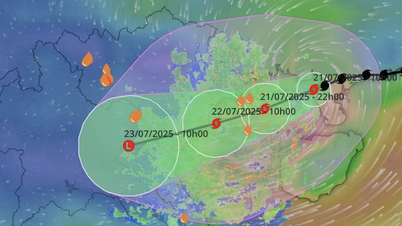



































Comment (0)